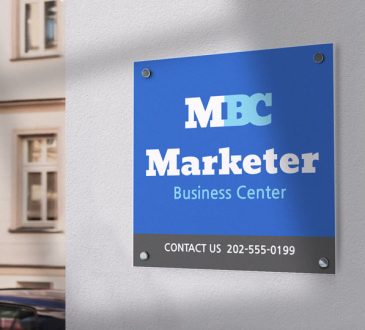
To truly stand out in the crowded inbox of a B2B prospect, personalization and customization techniques are key. One effective way to personalize your follow-up emails is by referencing specific pain points or challenges that the recipient may be facing. By showing that you understand their unique situation, you position yourself as a valuable resource and increase the chances of engagement https://reply.io/email-template-categories/follow-up/ .
Another technique for personalization is to include relevant case studies or success stories in your follow-up email. This not only demonstrates the effectiveness of your solution but also provides tangible proof of the value you can bring to the recipient’s organization. Make sure to choose case studies or success stories that closely align with the recipient’s industry or role for maximum impact.
Customization can also be achieved by tailoring the content and tone of your follow-up email to match the recipient’s preferred communication style. Some prospects may prefer a more formal and professional tone, while others may respond better to a more casual and conversational approach. By adapting your messaging to their preferences, you increase the likelihood of a positive response.
It can be interesting for you – https://reply.io/e-books/follow-up-guide/.
Structuring Your B2B Follow-Up Email for Maximum Impact
In addition to personalization and customization, the overall structure of your B2B follow-up email plays a crucial role in its effectiveness. A well-structured email ensures that your message is clear, concise, and easy to follow, increasing the chances of a favorable response.
Start your email with a friendly and engaging opening paragraph that grabs the recipient’s attention and sets the tone for the rest of the message. Use this opportunity to remind the recipient of any previous interactions or discussions you’ve had and express your continued interest in working together.
Next, provide a brief summary of the main points or benefits of your offering. This serves as a reminder of why the recipient should consider your solution and helps them quickly grasp the value you bring. Use bullet points or numbered lists to make the information more digestible and visually appealing.
Finally, end your follow-up email with a clear and compelling call-to-action (CTA). Clearly state what you would like the recipient to do next, whether it’s scheduling a call, requesting a demo, or simply replying to the email. Make sure your CTA is specific, actionable, and easy to follow, increasing the likelihood of a response.
Conclusion
Crafting a B2B follow-up email template that gets results requires careful attention to the various elements that make up an effective email. By understanding the importance of follow-up emails in B2B communication, mastering the art of personalization and customization, and structuring your emails for maximum impact, you can significantly increase your chances of success.
Remember, each follow-up email is an opportunity to build trust, showcase your value, and ultimately, move prospects further down the sales funnel. By investing time and effort into crafting compelling and tailored emails, you can set yourself apart from the competition and achieve the desired results in your B2B communication.
Ready to take your B2B follow-up emails to the next level? Sign up for Reply.io today and streamline your email outreach process. Increase your response rates and close more deals with our powerful automation and personalization features.
It can be interesting for you – https://reply.io/jason-ai/.




